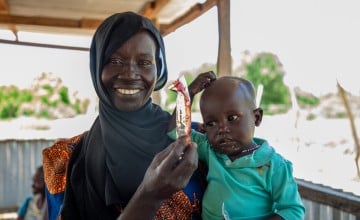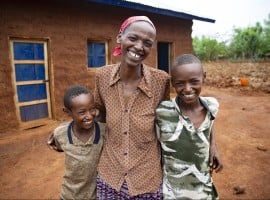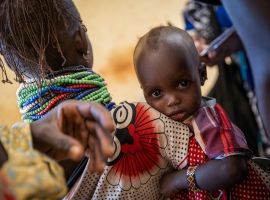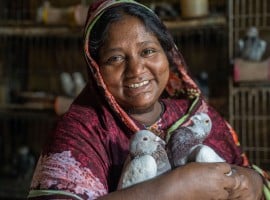
Read our 2024 annual report

Knowledge Hub
“It is a bad feeling, especially for the children. On days when we don’t have food, they just cry. There is nothing I can do.”
To reach the health clinic, Ayaan has walked two hours, carrying her 18-month-old son, Malual. This is not their first time. Malual has been treated three times for malnutrition in the last six months.
“My baby started being sick when he was one year old. He had diarrhoea and was vomiting. Once I noticed these symptoms, I immediately brought him here. This was April of last year. My child was screened using the MUAC [middle-upper-arm-circumference] band. He had severe acute malnutrition. I was heartbroken. I could not even eat. I was very worried.”
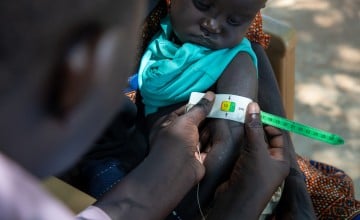
The world’s youngest country
Ayaan and Malual live in South Sudan, the world’s youngest country. Since gaining independence in 2011, the people of South Sudan have suffered chronic conflict and insecurity.
Compounding their struggle is climate change. South Sudan has always experienced seasonal flooding, but in recent years the flood waters have refused to recede, leaving large swathes of the country under water.
Ayaan and her husband are farmers from Aweil, in the northwest of the country. To feed their five children, they grow groundnuts, cereals, and sorghum.
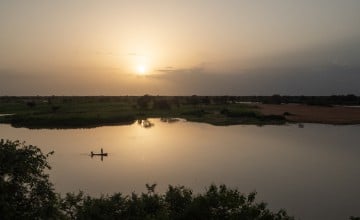
“The reason why my child keeps getting sick is that we do not have enough food to feed him at home. The major problem is flooding, which is affecting our crops. Our life now is very bad compared to before the flooding. It is very difficult to breastfeed if I have not eaten well. Before the flooding, we would have two meals a day. But now we only get one.”
When families lose farming land and livestock, parents struggle to feed their children. Between July 2024 and June 2025, an estimated 2.1 million children in South Sudan suffered acute malnutrition. The health of a mother and the health of her child are inextricably connected. During the same time period, an estimated 1.1 million pregnant or breastfeeding women suffered acute malnutrition also.
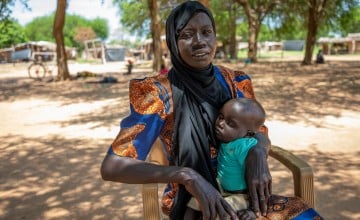
Irish Aid
Today, Ayaan and Malual are visiting the Lueth Ngor Primary Health Care Unit to collect ready-to-use therapeutic food [RUTF], a high-nutrient peanut paste. Malual is recovering from his most-recent bout of malnutrition. The clinic is operated by Concern, with funding from Irish Aid.
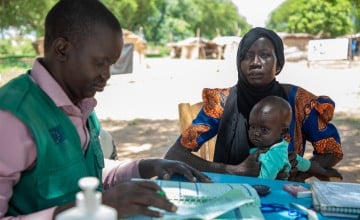
“My baby is now better. He is able to walk. He is no longer vomiting; he has a good appetite. I continue to come here to receive nutrition support for my child. Today, I am expecting about 18 sachets of RUTF. That will last us for one week, and then we will come back for more.”
In 2024, over 7,000 people were treated in the Lueth Ngor Primary Healthcare Unit. Malual is one of the 768 children treated for malnutrition.
“The staff here are very good. They are kind. After your child is treated, they always check up on them to ensure they are doing well. They are sympathetic, and they understand us. I am happy about this. We are happy for the service offered to our community.”
Names have been changed
